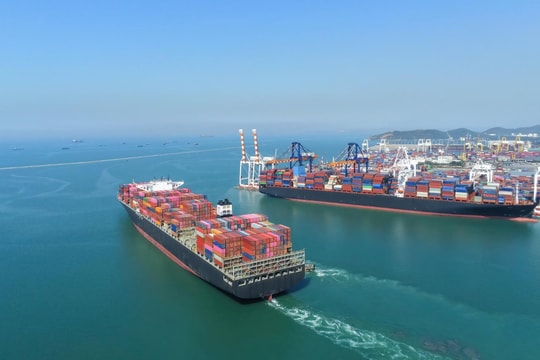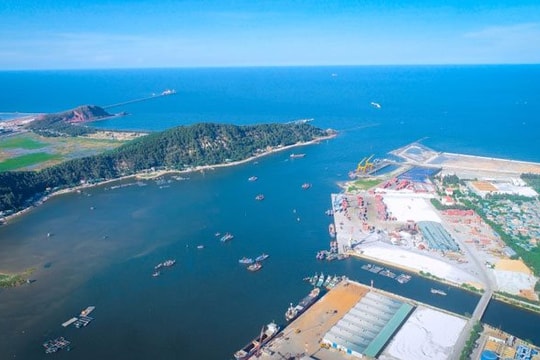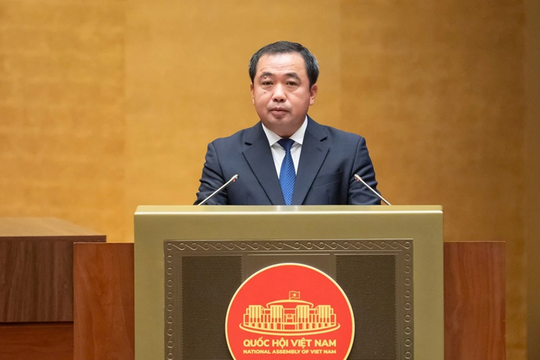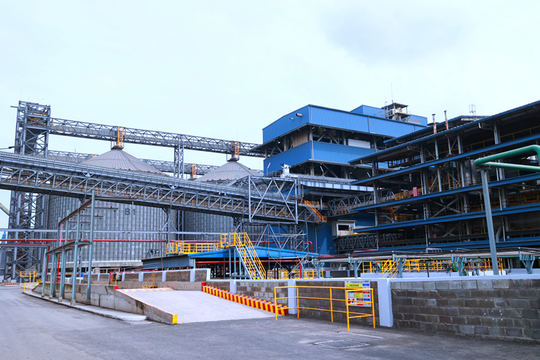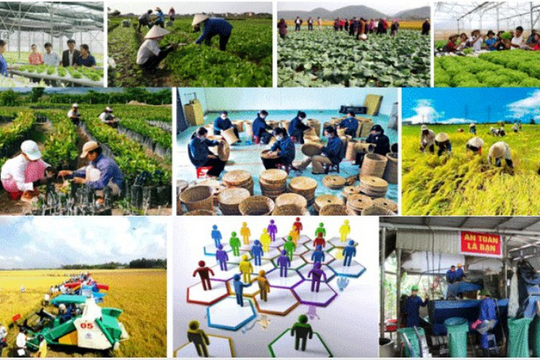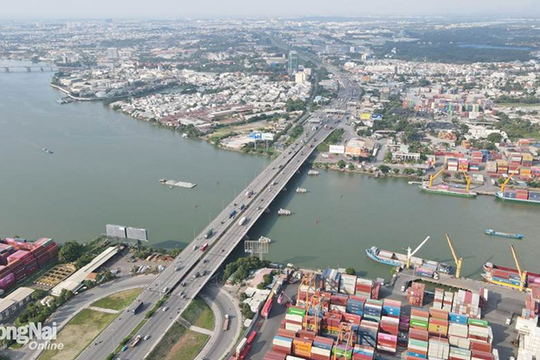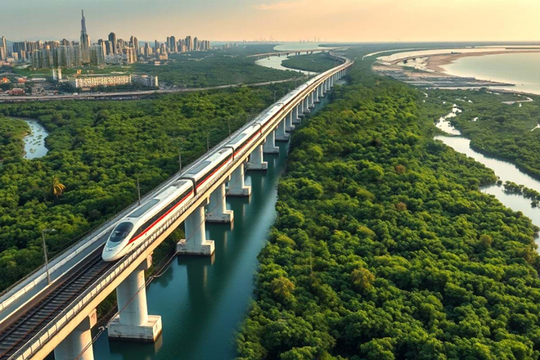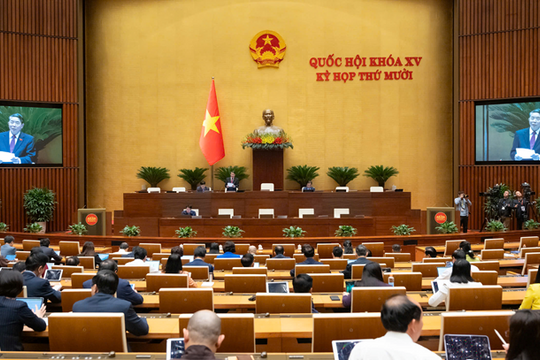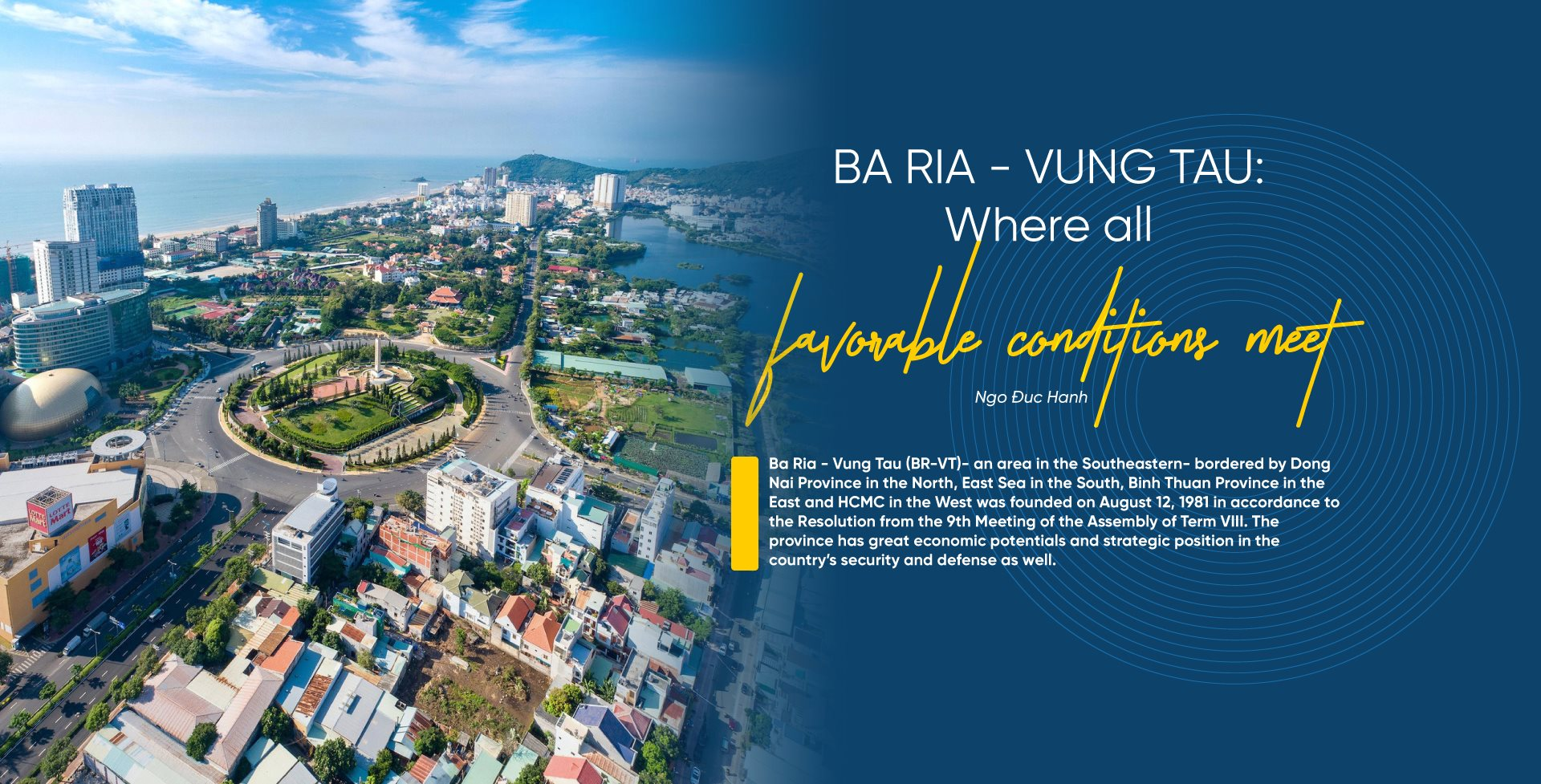

BR-VT became an earlier residential area compared to others in the South. At the end of the 16th century, groups of Kinh people from the Central migrated to the area to live in harmony with the existing Chau Ro people.
Over 300 years ago, there had been many other waves of Kinh people coming to the place. Their presence was recorded at the beginning of the 15th century. Ba Ria at the time was called Mo Xoai, a border land. And then, waves of King people from Quang Binh, Quang Tri, Quang Duc, Quang Nam, Quang Ngai and Binh Dinh kept coming to the area by boats. They lived along rivers and the sea and soon became the new hosts of the land.
To protect the sea gate of Vung Tau, at the end of 18th century, Lord Nguyens built a sentry box on Ngoa Nguu Moutain. At the same time, three armies, together with their wives and kids, were sent to the area. And they founded villages of Thang Nhat, Thang Nhi, and Thang Tam. Residents in Ben Dinh, Ben Da were not only businessmen and fishermen but also people from all other places: those who avoided tax duty; soldiers who hid away after their uprisings against the French…

Right from the time of invading our country (1858), the French colonialists were aware of the importance of the Vung Tau Peninsula in terms of economy and military to Saigon and the whole of Cochinchina. They soon made Vung Tau a military base guarding the gateway of Saigon, a resort for mandarins of the ruling government in the South.
Before the French capitalist colonialists came to establish plantations, the land of East and West Interprovincial Highway No. 2 was still densely covered with dense forests and inhabitants at the time were mostly ethnic people of Chau Ro, Ma… The ethnic groups of Chau Ro people lived in style of nomadism and shifting cultivation, hunting and gathering. Their daily life was also associated with many legends as well.
In history, there have been many “go-South” movements: many groups of people from the North and the Central migrating to the place and living in harmony with the native people to for the “people community’ of BR-VT.
According to the web portal of the Party Committee of BR-VT, at present, the province has 7 administrative units located on the mainland and an island administrative unit is Con Dao district. Area: 1,989.46 km2; the continental shelf is over 100,000m2; population: 1,148,313 people (Census 2019), of which urban population accounts for 50.52% of the total population.

In the past 3 decades (1991- 2021), the Party Committee, the Government, troops and people of BR-VT has made good use of their potentials and advantages, maintaining the high average growth rate compared to that of other provinces. There have been consecutive years with two-digit growth.
So far, the economic scale of BR-VT province has ranked fourth among 63 provinces and cities of the country. GRDP per capita is always among the leading localities, reaching about VND 300 million - an increase of nearly 30 times compared to the time of the province's establishment 30 years ago. Each year, BRVT contributes nearly 5% of the total state budget revenue and is one of the 5 provinces and cities with great contributions to the central budget.
The economic structure of BR-VT has had positive changes; competition abilities of the industry belong to those of the leading group in the country; models of industrialization shifted from labor-intensive sector to those that apply high technology with high productivity and added values. Service sector, especially sea service sector and logistics have had strong development; tourism has become a spearhead economic sector. BR-VT’s urbanization rate reached 60% compared to the average of 40% nationwide. People’s income, spiritual and material life have been improved as well.
Currently, BR-VT is focusing on economic development as the central task with selective targets. Arousing both internal resources and external resources; making good use of competition advantages of a province located in the center of the Southern Key Economic Zone; focusing on developing of processing and manufacturing industries; promoting advantages of the deep-water seaports, especially Cai Mep- Thi Vai seaport system; strongly developing tourism and hi-tech agriculture.

For abor recruitment demands, the Department of Labor- Invalids- Social Affairs of BR-VT province said groups of occupations with high recruitment demand and high salaries today are information technology, communication- advertising, marketing, architecture- construction engineering, technology- engineering, executive management, finance- banking, import and export, translation- interpreting.
Therefore, BR-VT has been implementing many solutions to improve people's knowledge, training human resources, fostering talents, diversifying and mobilizing all resources to attract investment; focusing on administrative reform, improving competition abilities; promoting digital transformation, building digital government and digital citizens... as a driving force to bring this locality to step in a stable and sustainable development.




.png)



